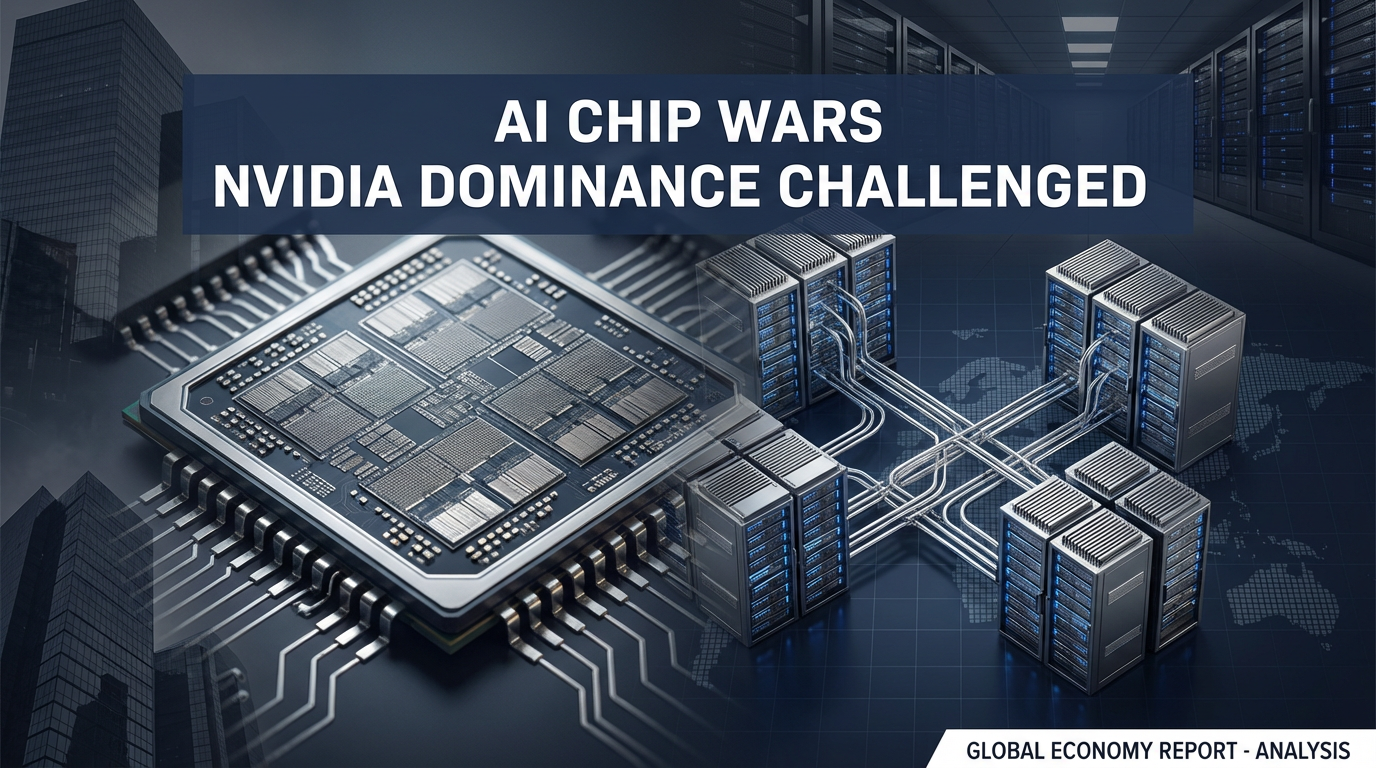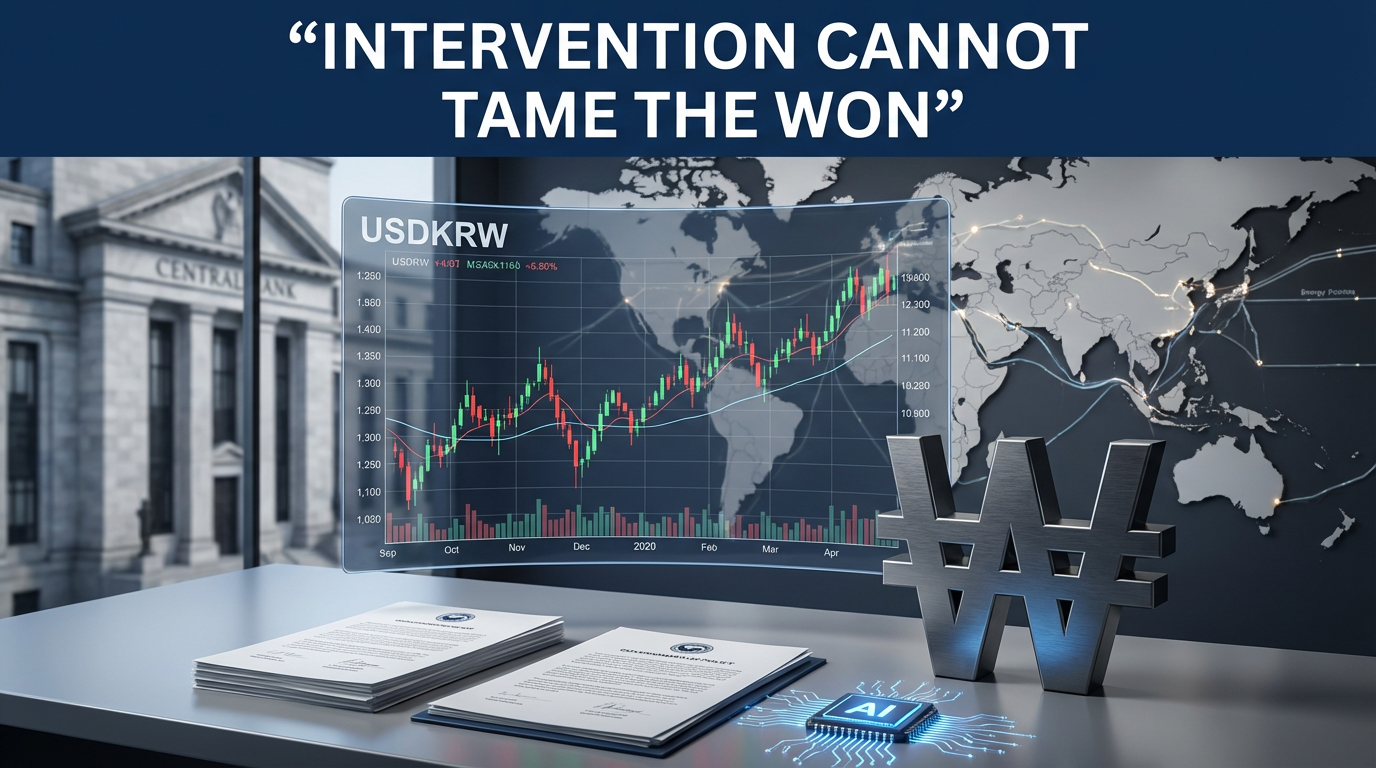● Nvidia CEO Huang DeepSeek 사건 AI 컴퓨팅 파워 수요 강조
Subject: AI Compute DEMAND EXPLODES
Computing Demand in the AI Era and Global Economic Outlook
1. Short-Term Demand Signals – Immediate Purchases and Initial Reactions
As mentioned by Amazon CEO Andy Jassy,
Customers are currently looking to expand sales directly from AWS through additional AI resources.
These short-term signals are being validated through actual POS data and market forecasts.
In other words, the demand related to artificial intelligence and data centers is already being reflected in real-time.
Increased immediate computing investments can positively impact the global economic outlook.
2. Mid-Term Demand Signals – Data Center Expansion and the Rise of AI Startups
The scale of capital investment in data centers this year has significantly increased compared to last year.
Startups equipped with new AI capabilities are emerging one after another.
These startups are primarily innovating in the areas of artificial intelligence and physical AI,
And they are urgently demanding additional computing resources that exceed existing forecasts.
Due to capital investments and the emergence of new companies in the field,
Positive signals are being shown in terms of mid-term market forecasts and computing investments.
3. Long-Term Demand Signals – Reasoning AI and Exploding Computing Load
In the long term, artificial intelligence will move beyond simple answer generation to the era of Reasoning AI, where it thinks and analyzes reasons on its own.
In this process, more than 100 times the computing resources compared to existing resources will be required.
In particular, the AI’s inference stage involves
A process of deeply decomposing problems, generating multiple alternatives, and deriving the optimal solution before providing an answer to a question.
These changes will drive new paradigms and high investment demand in global market forecasts and data centers, artificial intelligence, and computing investment.
4. Increase in Computing Demand by AI Development Stage
AI development can be largely divided into three stages.
First, the pre-training stage is basic learning, a process of accumulating basic knowledge at the high school level.
The next is the post-training stage, where artificial intelligence improves itself through reinforcement learning (RLHF) or verifiable reward feedback.
This step requires much more computation than before.
Finally, in the inference stage, AI goes through several steps within itself to answer questions and derive the optimal solution.
The computing power required at this time increases by more than 100 times compared to the initial GPT model.
All of these processes are intertwined with important economic keywords such as artificial intelligence, data centers, computing investment, global economic outlook, and market forecasting.
It becomes a factor that focuses the attention of investors and companies around the world.
In the global economic outlook, immediate AI demand signals from AWS, etc. are supported in the short term.
In the medium term, it is supported by data center investment expansion and the emergence of new AI startups.
In the long term, the computing load is expected to increase by more than 100 times due to the advent of the Reasoning AI era.
Artificial intelligence, data centers, computing investment, etc. act as major economic keywords throughout the AI’s pre-training, post-training, and inference stages.
[Related Articles…]
AI Innovation and Computing Investment
Data Center Expansion Strategy
*Source : [CNBC Television] Nvidia CEO Huang: DeepSeek incident underscored the substantial demand for AI compute power

● NVDA Blackwell Ultra: $11B in 3 Months?!
Analysis of Latest NVIDIA AI Performance and Semiconductor Market Trends
1. Key Highlights of NVIDIA’s Q4 Performance
NVIDIA recorded $39.3 billion in Q4 revenue, approximately 56 trillion KRW.
This represents a 78% increase compared to the same period last year.
Data Center revenue accounted for 91% of the total revenue.
Notably, Data Center AI chip revenue increased by 93% year-over-year, reaching $35.6 billion.
Demand for AI semiconductors from Big Tech companies continues steadily.
NVIDIA’s strong earnings surprise has dispelled the AI bubble theory, which is noteworthy.
CEO Jensen Huang expressed confidence, mentioning the potential for a 100-fold increase in AI-related computing power in the future.
Blackwell’s revenue reached $11 billion, with rapid production increases achieved by resolving technical issues such as heat problems.
About half of the data center revenue was driven by cloud service providers such as Amazon, Google, and MS.
2. New Product Launches and Technological Innovations
With the resolution of technical issues with Blackwell products, the launch of next-generation products is expected to proceed smoothly.
NVIDIA plans to launch new products such as Perseus and Vera Rubin next year.
The first-generation AI accelerator Rubin will feature the 6th generation HBM, namely HBM4.
This is expected to play a significant role in strengthening AI technology competitiveness and technological innovation.
3. Semiconductor Supply Chain and Competitive Landscape
The supply competition between Samsung Electronics and SK Hynix is heating up.
SK Hynix is the exclusive supplier of HBM3 memory required for NVIDIA Blackwell products.
In contrast, Samsung Electronics has not yet fully entered the HBM3 supply chain.
With NVIDIA preparing to launch new products in the second half of the year, securing a rapid supply chain is a crucial point for Samsung Electronics.
4. Future Outlook and Guidance
NVIDIA forecasts revenue of approximately $43 billion for the first quarter, with a margin of plus or minus 2%.
While this is slightly more positive than market consensus, the gross profit margin is expected to be around 71%, showing a decrease from the fourth quarter of last year.
The complexity of product production and technical difficulties pose a burden on profit margins.
Various variables are at play, including the emergence of Chinese AI company DeepSeek and the US government’s semiconductor regulations, as well as global economic and AI technology competition.
Reflecting the top SEO keywords in economic growth, global economy, AI technology, semiconductors, and technological innovation, the above contents suggest the direction of the market.
It remains to be seen whether NVIDIA can maintain its dominance in the AI chipset competition and how it will resolve semiconductor supply chain issues.
< Summary >
NVIDIA’s Q4 performance was driven by data center growth, recording $39.3 billion in revenue.
Blackwell’s new product issues were overcome through technological innovation and rapid production increases.
New products Perseus and Vera Rubin, as well as HBM4 for the next-year AI accelerator Rubin, are planned.
In the semiconductor supply chain, SK Hynix has exclusive supply, but Samsung Electronics urgently needs to respond quickly.
The revenue guidance for the next first quarter is approximately $43 billion, and NVIDIA’s movements are being closely watched amidst the global economy and AI technology competition.
[Related Articles…]
Summary of NVIDIA Performance Analysis
Intensifying Semiconductor Technology Competition
*Source : [Korea Business News] 블랙웰, 3개월에 15조 팔아…젠슨황 “울트라 출시” / 한국경제TV뉴스

● S&P 500 Erased Gains? NVIDIA CRASHES!
2025 U.S. Stock Market and Trade/Technology Issues Summarized at a Glance
U.S. Stock Market Summary (Thursday, February 27, 2025)
The U.S. stock market closed generally lower on this day.
President Trump officially announced plans to impose a 25% tariff on Canada and Mexico starting March 4.
Furthermore, he announced an additional 10% tariff on existing tariffs applied to Chinese products.
These Trump tariff policies are signaling a major impact on the global economy.
In particular, the U.S. stock market showed extreme volatility with the announcement of these trade policies, with major indices declining.
Nvidia Earnings and Tech Stock Trends
Nvidia’s stock price plummeted during the day, highlighting a sell-off in technology stocks.
While the revenue outlook is positive, the lower-than-expected gross margin forecast is a disappointment to investors.
As a result, the market capitalization decreased significantly, increasing concerns about big tech stocks.
It is a time when expectations and anxieties surrounding AI investments are simultaneously at play, with uncertainties related to AI investment impacting the stock market as a whole.
Economic Indicators and Investor Sentiment
Inflation in 2024 has been more stubborn than expected.
GDP is stagnant at 2.3%, while consumption increased by 4.2%.
The rise in weekly new unemployment claims and the announcement of layoffs by companies and federal agencies have combined to dampen investor sentiment.
The Nasdaq index fell 2.8%, and the 10-year Treasury yield rose to 4.27%.
According to a survey by the American Association of Individual Investors, bearish sentiment, which predicts a decline in stock prices over the next six months, reached 60.6%.
These results clearly show that major economic issues such as the U.S. stock market, Trump tariffs, Nvidia stock prices, inflation, and AI investment are acting in combination.
Global Trade and Technology Industry Trends
Along with the release of sales and earnings reports from major technology stocks, tariffs and global geopolitical instability are highlighted.
Significant moves by major companies include Meta’s Q2 AI launch, Tesla’s vehicle call service approval process, and Amazon’s development of its own quantum computing chip.
As trade economics and technological innovation progress simultaneously, investors are paying attention to various economic indicators and corporate earnings announcements.
Key Dates for Friday, February 28, 2025
• Japan’s February Tokyo CPI Inflation Rate Announcement – Scheduled for 8:50 AM.
• U.S. January PCE Price Index Announcement – Scheduled for 10:30 PM.
• U.S. January Wholesale Inventories Announcement – Scheduled for 10:30 PM.
• U.S. Baker Hughes Total Rig Count Speech – Scheduled for 3:00 AM.
• Chicago Fed President Goolsbee Speech- Scheduled for 12:15 AM.
With these various economic indicators and major schedules planned, investors should closely monitor market volatility through detailed data.
< Summary >
The U.S. stock market closed lower on Thursday, February 27, 2025, with President Trump’s announcement of 25% tariffs on Canada and Mexico and additional tariffs on Chinese products.
Nvidia’s stock price fell sharply after the earnings announcement, disappointed by the lower-than-expected gross margin outlook, and concerns about technology stocks increased.
Economic data such as stagnant GDP, increased consumption, and rising new unemployment claims have combined to dampen investor sentiment.
In addition, the announcement of major economic indicators such as Japan’s CPI and the U.S. PCE index scheduled for tomorrow is focusing investors’ attention.
Key keywords such as the U.S. stock market, Trump tariffs, Nvidia stock prices, inflation, and AI investment are naturally included throughout the context.
[Related Articles…]
Trump Tariff Paradigm Shift and Impact on Global Economy
AI Investment Anxiety and Big Tech Stock Trends Analysis
*Source : [오선의 미국 증시 라이브] 【미국 증시 오늘의 요약】 S&P 500 상승분 전부 반납? | 엔비디아 폭락·트럼프 관세 | 이제 PCE 지표가 결정한다! | – 2025/02/27



